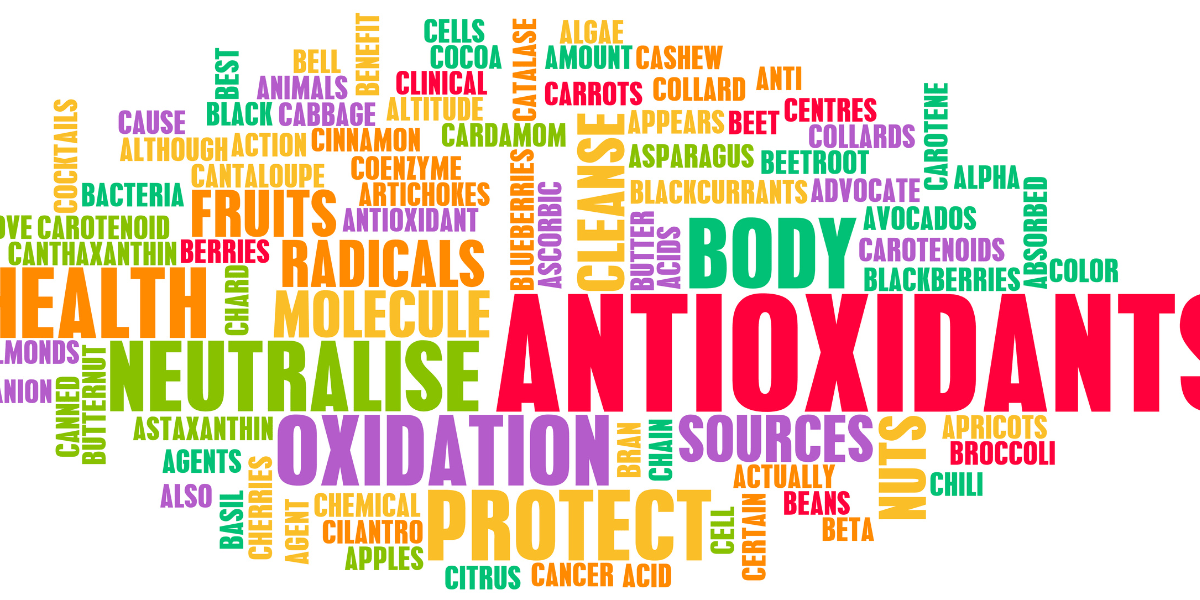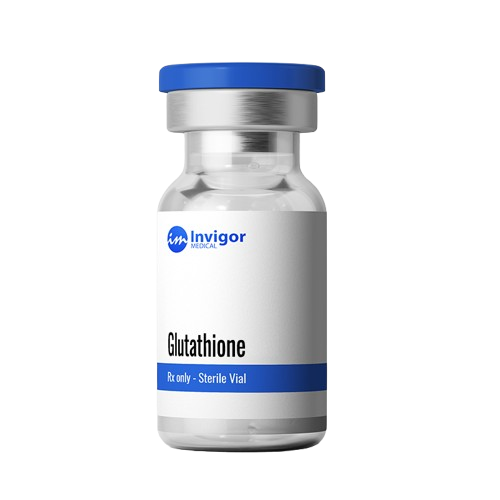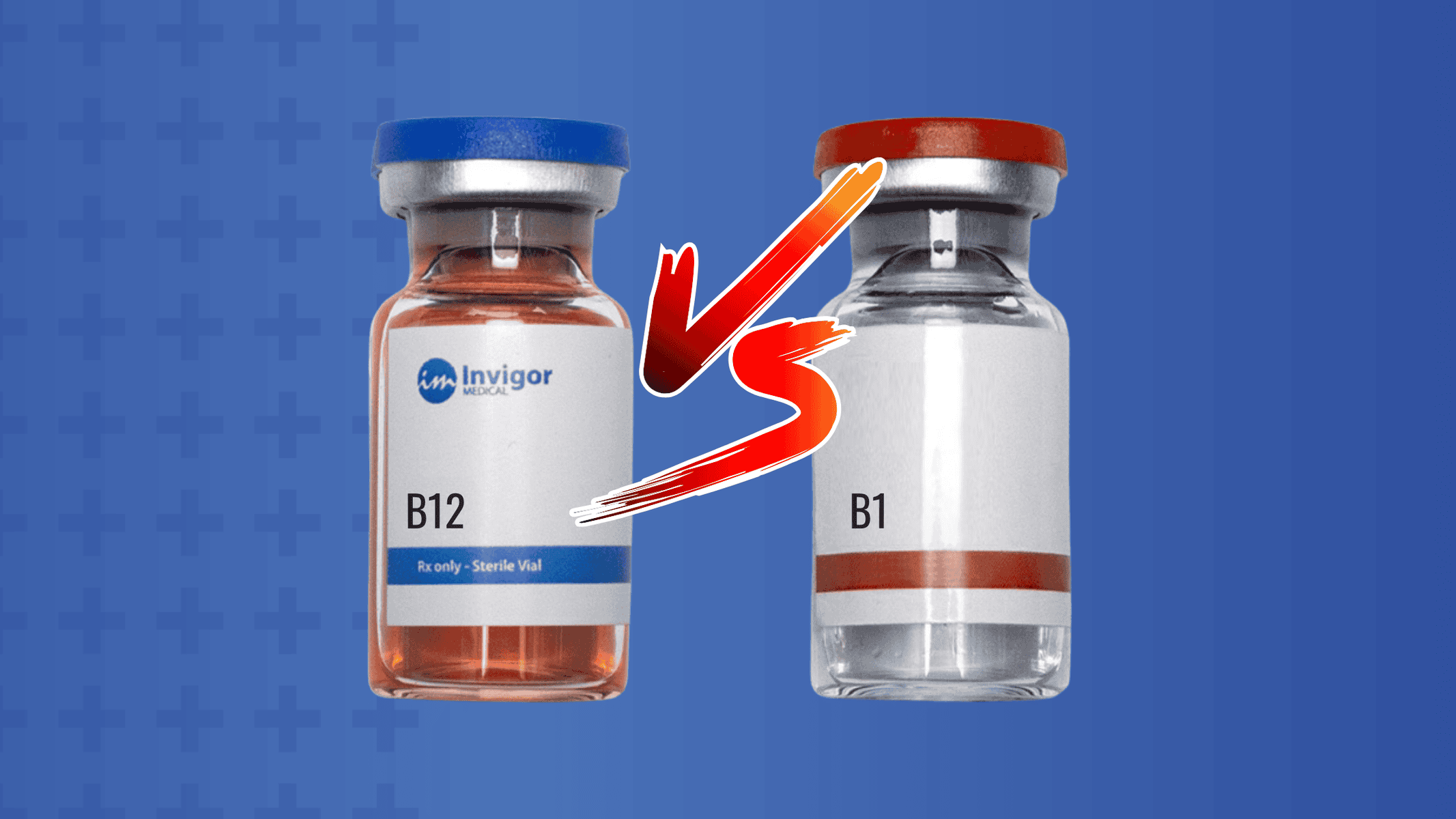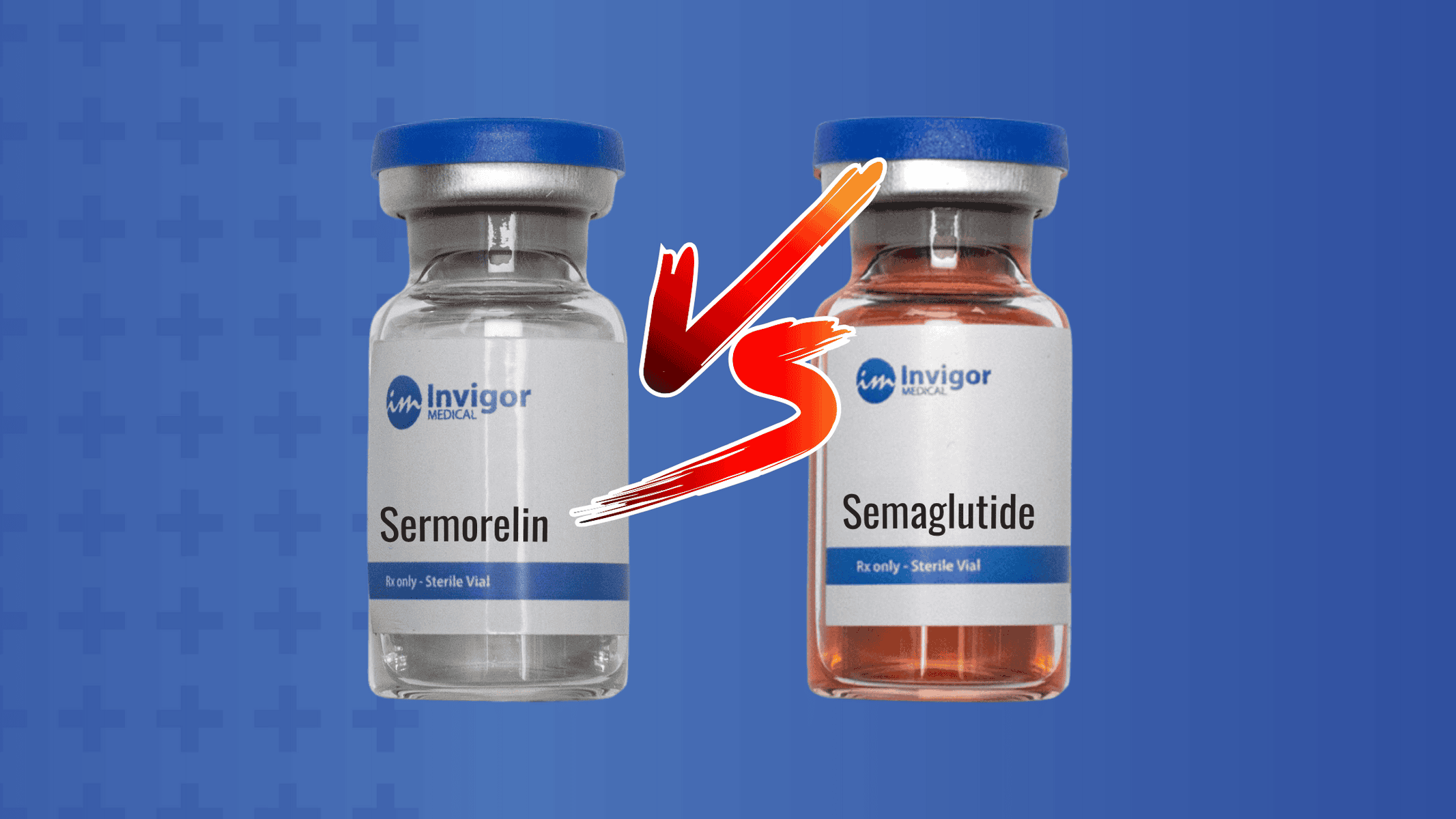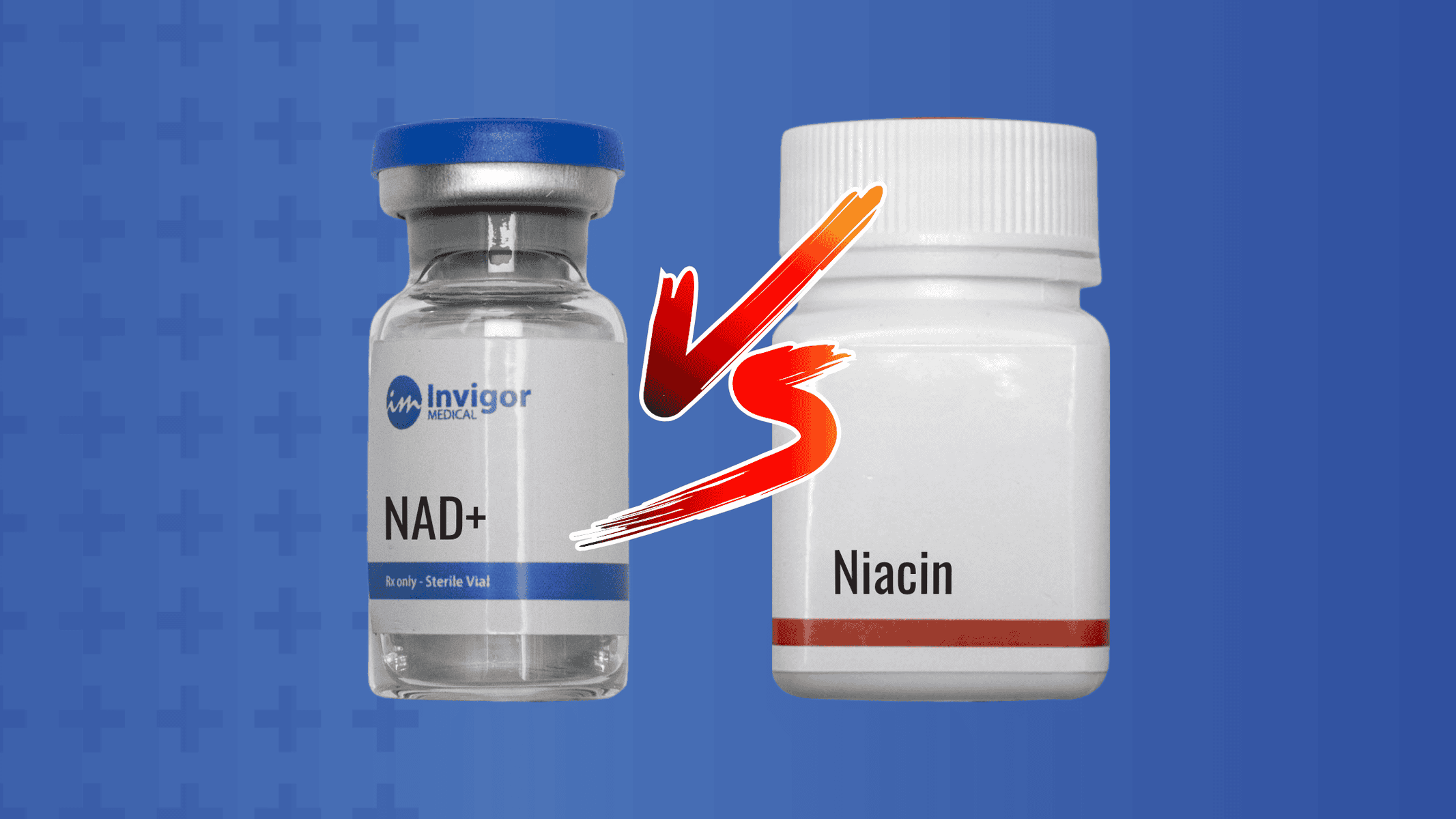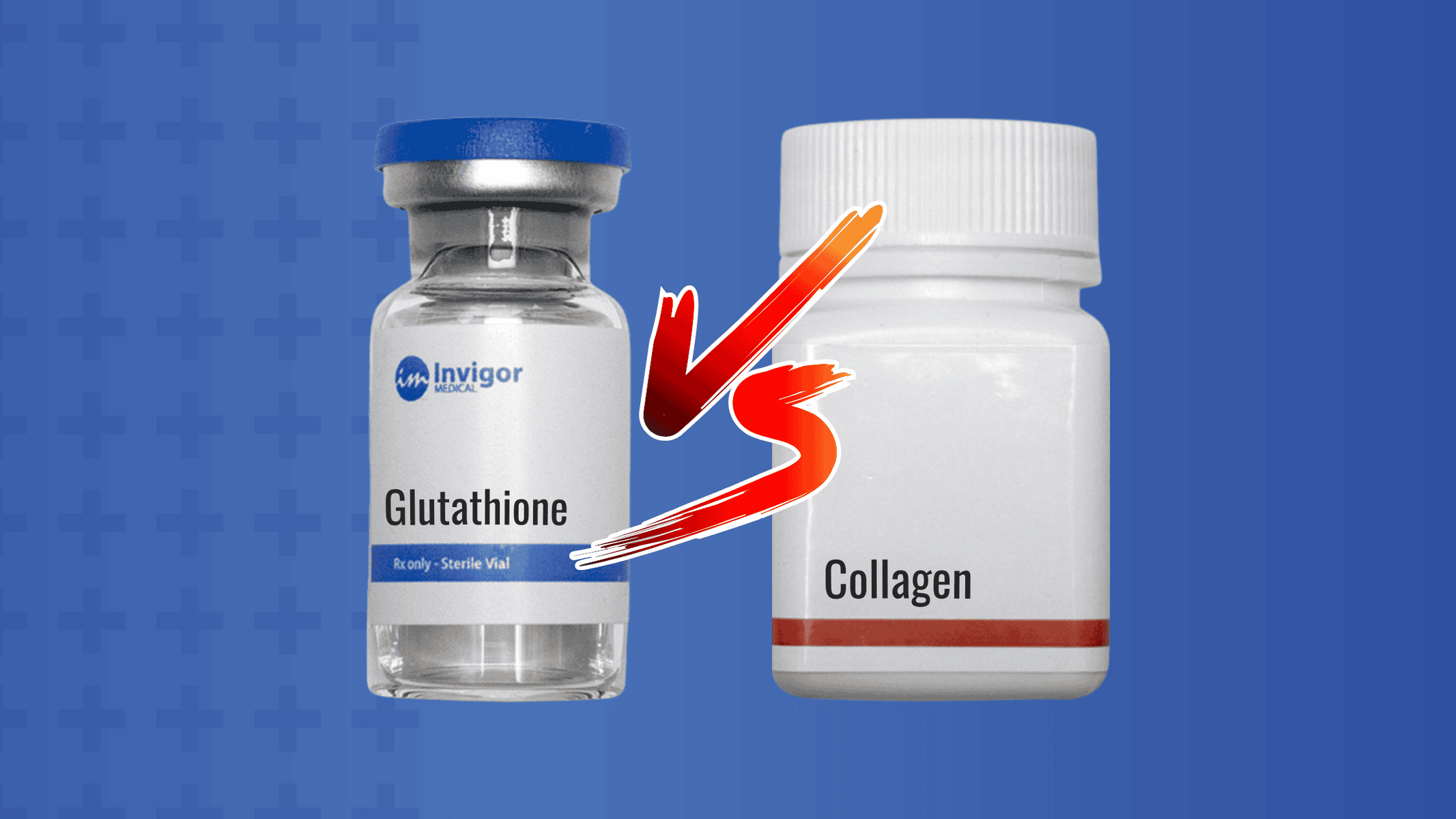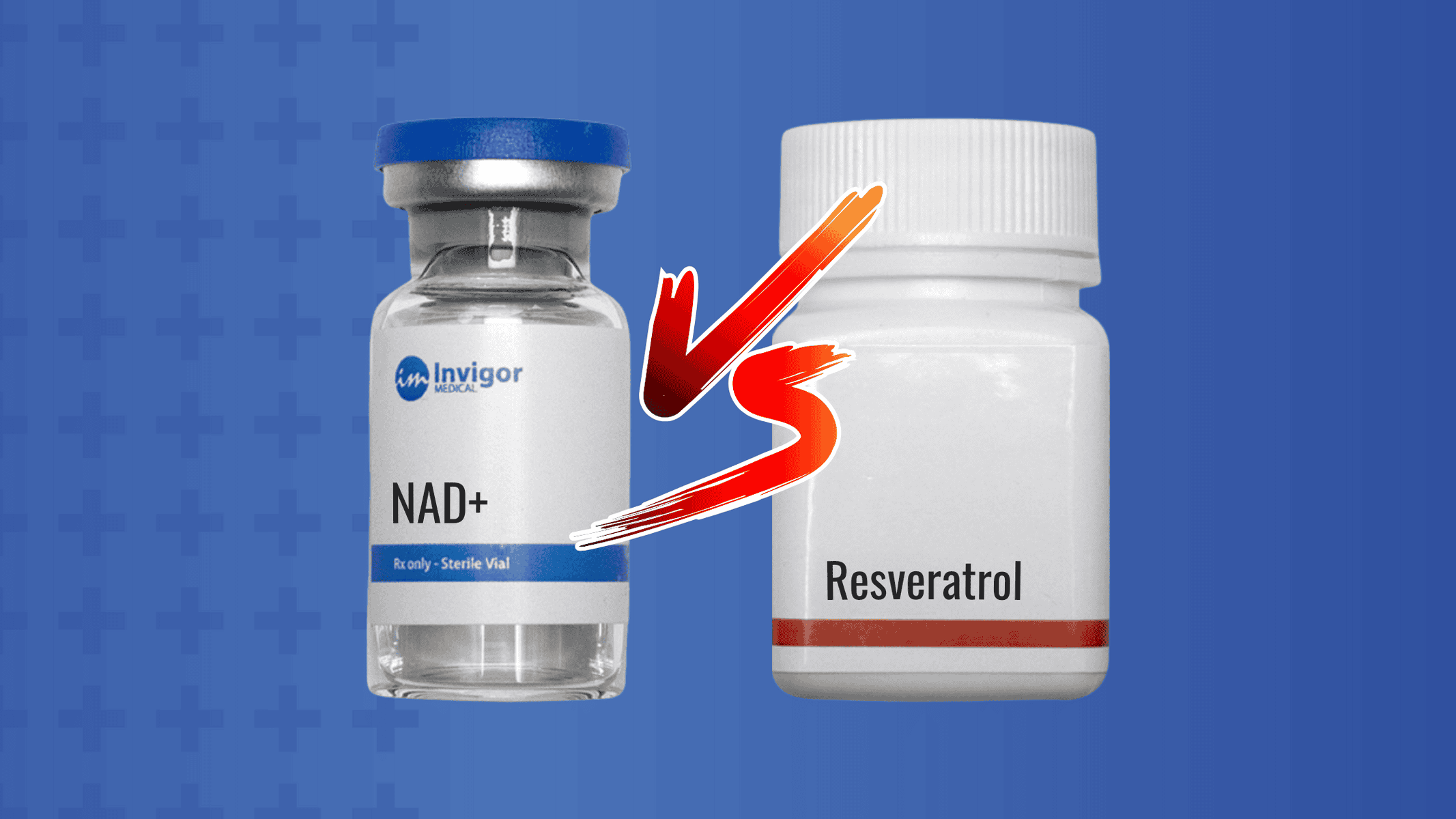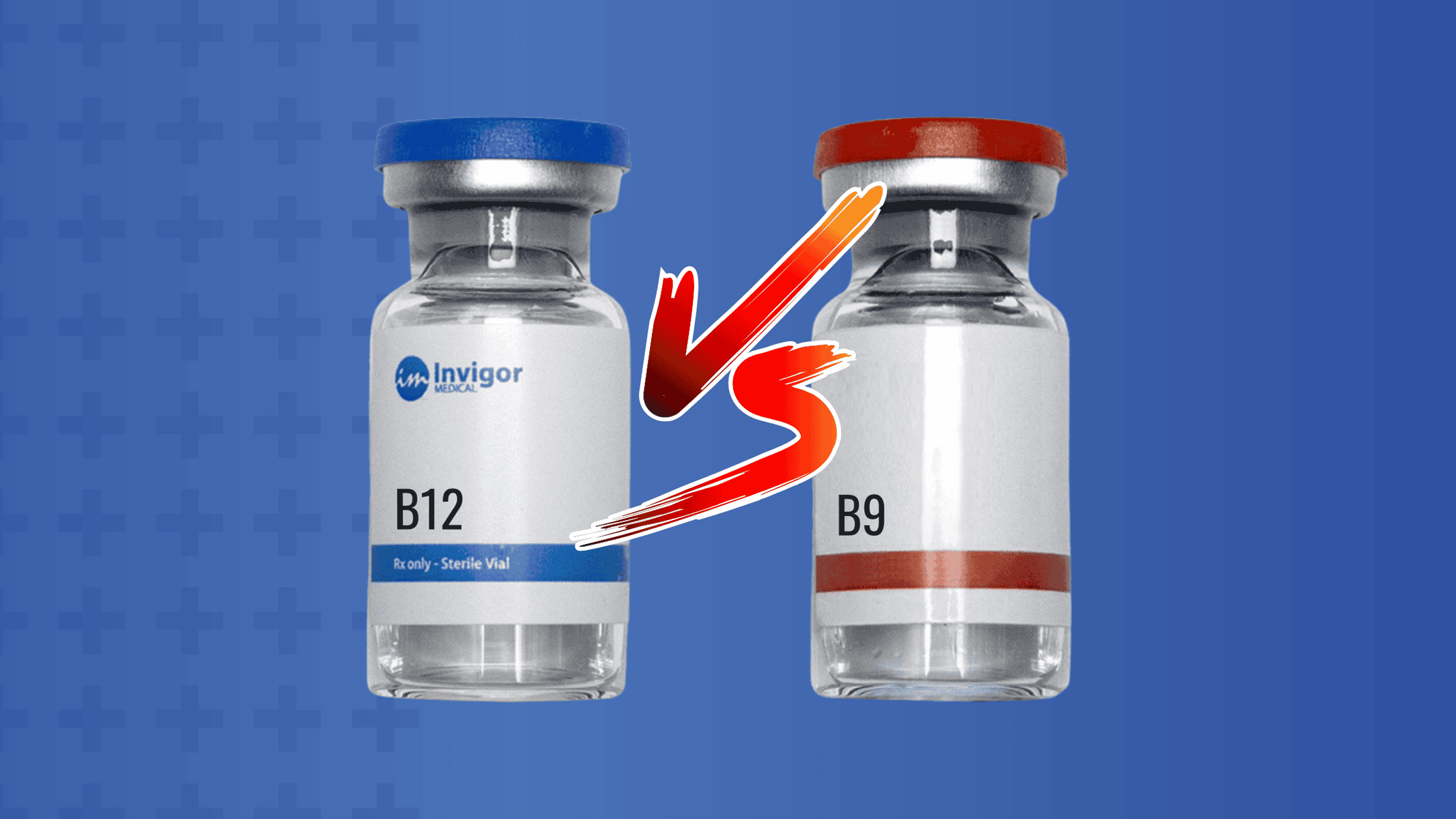NAC vs. glutathione, how are they related? This relationship is pretty straightforward. N-acetylcysteine (NAC) is a precursor for glutathione. Glutathione functions as a cellular antioxidant. It is a tripeptide made up of three amino acids—cysteine, glycine, and glutamate. NAC is a cysteine derivative. By increasing cysteine levels in the body, NAC boosts glutathione levels.
As more information is available on the internet and many people focus on preventative healthcare and wellness instead of treating disease, the interest in understanding the biochemistry behind normal cellular function and the changes associated with aging has grown. Glutathione is an essential antioxidant, frequently called the master antioxidant, that decreases with aging and when your body is under stress.
Table of Contents
What is glutathione?
Glutathione is an antioxidant with multiple roles in the body, supporting the immune system, providing antioxidant protection, and removing toxins.1 These roles include:2
- Neutralizing free radicals produced as a byproduct of metabolism
- Assisting enzymes involved in antioxidant processes
- Regenerating vitamins C and E
- Neutralizing free radicals produced by metabolizing cellular toxins
- Transporting mercury out of cells
- Regulating cell division and programmed cell death
- Maintaining mitochondrial DNA
What is NAC?
NAC is a derivative of cysteine and a glutathione precursor. Medically, NAC is used to replenish cysteine and glutathione levels secondary to acetaminophen toxicity. When administered intravenously, NAC is less toxic, less prone to oxidation, and more soluble in water than cysteine. It can also reduce protein disulfide bonds, scavenge free radicals, and bind metals to form complexes.3
When NAC is taken by mouth, it is absorbed, distributed to the liver, and metabolized into cysteine. From there, most cysteine is incorporated into the reduced form of glutathione.3
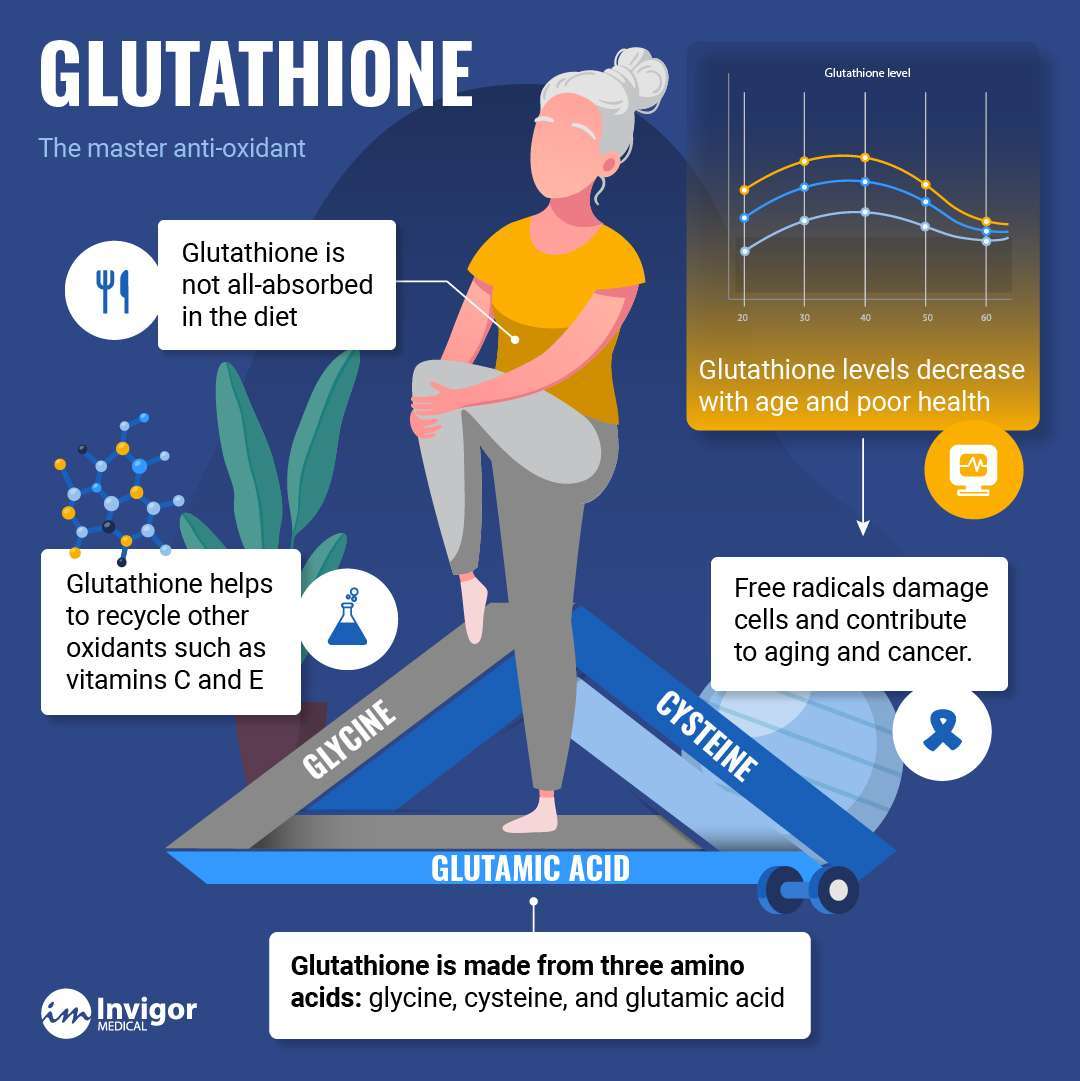
How is glutathione produced?
Glutathione is found in high concentrations in nearly every cell in the body. It is found in two states, reduced (GSH) and oxidized (GSSG).
When cells are under stress, the ratio of GSH to GSSG drops.
Due to its importance, your body has three ways to produce glutathione:2
- Making glutathione from scratch in a two-step process. The enzymes glutamate cysteine ligase and glutathione synthetase catalyze this process.
- Regenerating GSH from oxidized GSSG by glutathione reductase.
- Recycling of cysteine from conjugated glutathione via GGTP.
Cysteine availability is the rate-limiting step for making glutathione.

What foods can increase glutathione?
Foods that are high in sulfur or cysteine to increase glutathione levels naturally include the following:
- Asparagus
- Avocado
- Broccoli
- Cabbage
- Cucumber
- Garlic
- Green beans
- Green tea
- Kale
- Leeks
- Meats
- Mushrooms
- Onions
- Papaya
- Pomegranate juice
- Spinach
- Whey
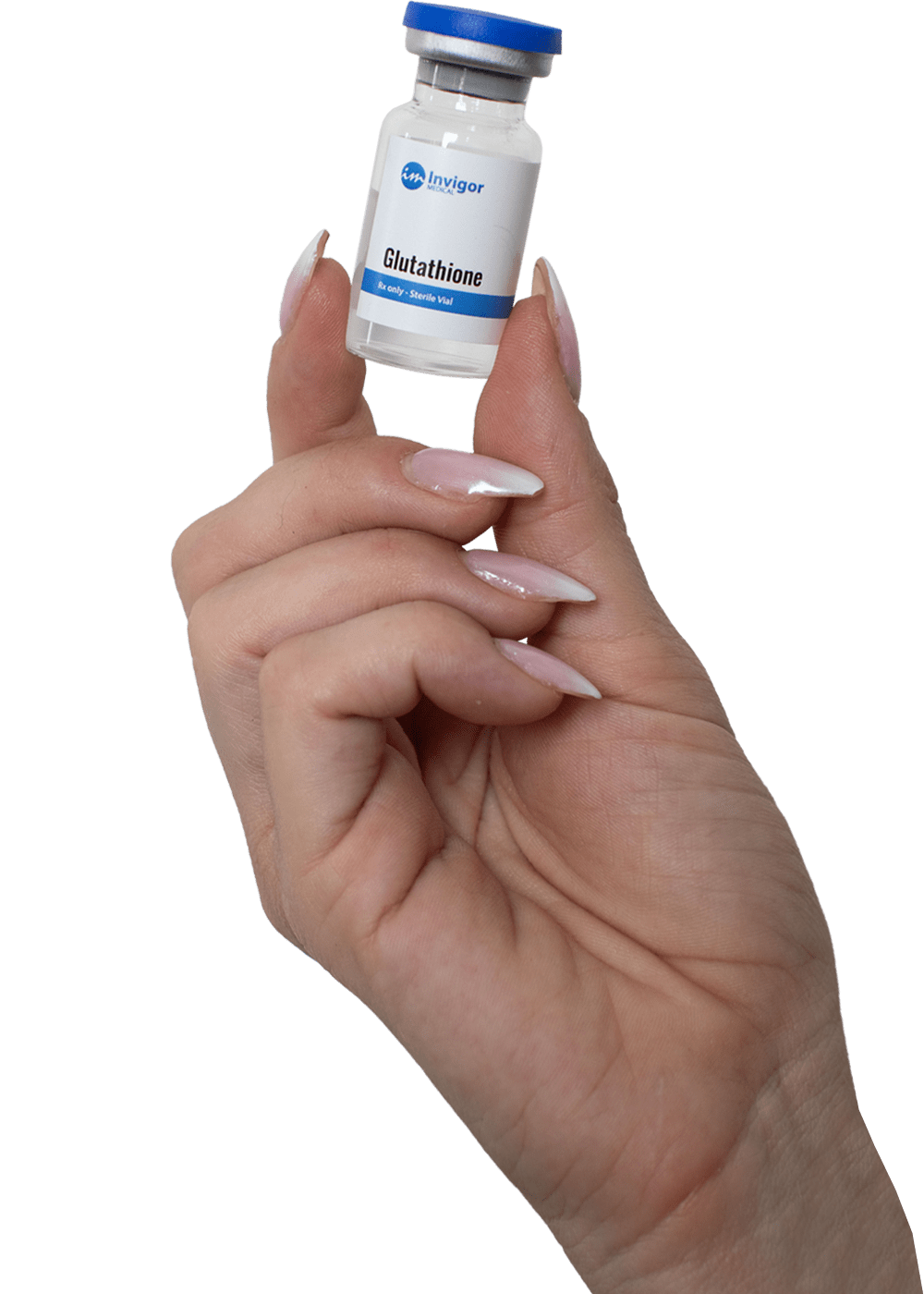
What causes low glutathione levels?
Glutathione depletion is strongly associated with disease and the loss of function associated with aging.4
Factors that deplete glutathione include:5,6
- Aging
- Infections
- Poor nutrition
- Excessive exercise
- Excessive alcohol consumption
- Environmental toxins
- Pollution
- Heavy metal exposure
- DNA damage
- Exposure to radiation
- Chronic diseases
- Sleep deprivation
- Smoking
Is NAC the same thing as glutathione?
No, NAC is a precursor of cysteine and glutathione. Administering NAC increases cysteine levels in your cells. Cysteine is the rate-limiting step in producing glutathione.7

Is supplementing glutathione more effective than NAC?
Glutathione can be administered orally, topically, intravenously, intranasally, or via a nebulizer. Research suggests that when glutathione is administered intravenously, inhaled, and or taken intranasally it increases systemic glutathione levels.2,8 Oral glutathione supplementation is controversial. Research shows inconsistent results about whether oral supplementation increases glutathione levels.2
Supplementing with whey or N-acetylcysteine (NAC) increases cysteine, the rate-limiting step in producing glutathione.2
Should I take glutathione and NAC?
It depends. Glutathione and NAC both increase glutathione levels. Ideally, your diet should provide the amino acids your body needs to produce glutathione. Choose sulfur-rich and cysteine-rich foods. When taking oral supplements, NAC seems to be more stable than glutathione. However, some people have difficulty tolerating NAC, experiencing diarrhea, nausea, vomiting, and skin rashes. Contact an Invigor Medical treatment specialist to learn more about and buy glutathione injections.
